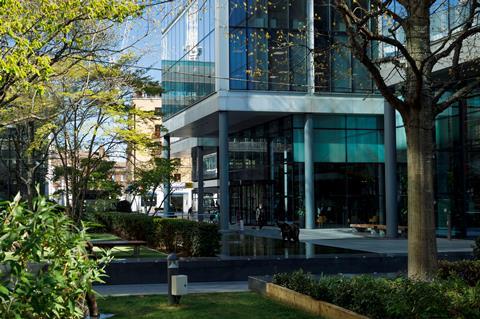Magic circle firm Allen & Overy narrowly reduced its gender pay gap for employees and partners last year, although the difference between male and female partners’ average pay widened slightly.
Its gender pay gap for UK partners and employees went from 59.9% in 2020 to 59% last year, which the firm said was a small difference year-on-year while emphasising that ‘the overall trend is moving in the right direction’.
In 2021, 23% of Allen & Overy’s partners were women – compared with 20% the previous year – although the average earnings gap between male and female partners increased slightly from 17.8% to 19.8%.

Allen & Overy’s ethnicity pay gap for employees and partners remained the same as the previous year at 22.4%, based on 97% of those who recorded their ethnicity.
For partners, the firm recorded an ethnicity pay gap of 8.7% last year compared with 7.7% in 2020, while the gap for employees in London also widened from 9.5% to 11.5%. Allen & Overy said that it is making ‘good progress towards our target of 25% black and ethnic minority employees in London by 2025’.
The firm also reported a drop in the pay gap in relation to partners and employees with a disability, down from 20.2% to 13.1% in 2021.
Allen & Overy’s global HR director Sasha Hardman said: ‘In most areas, we are seeing a decrease in pay gaps, particularly when we look at the longer-term picture from our first report in 2017 to now. Where pay gaps exist they are a reflection of the make-up of our workforce, particularly at the senior end of our business. This is what we are working hard to change.
‘In our last report, some six months into the pandemic in the UK, we talked about the risk of diversity and inclusion being forced down the priority list as other business considerations took precedence. But rather than divert our focus, it has given us more insight into what our colleagues need and greater momentum to make progress than I have seen at any time before.’



























5 Readers' comments